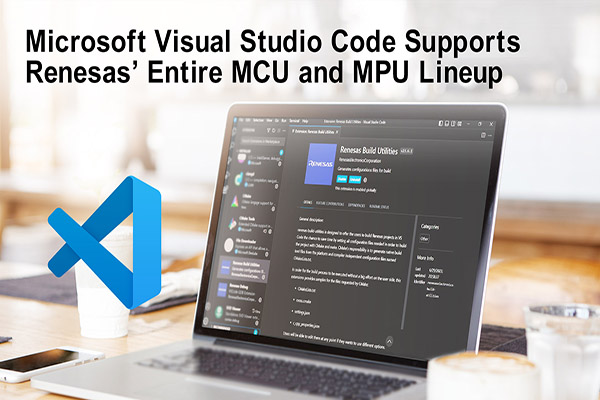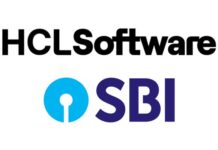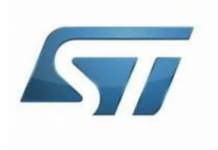Renesas Electronics Corporation announced that customers can now use Microsoft Visual Studio Code (VS Code) to program the complete line of microcontrollers (MCUs) and microprocessors (MPUs). It has added tool extensions for all of its embedded processors to the Microsoft VS Code website, enabling a huge base of designers comfortable with the popular Integrated Development Environment (IDE) and code editor to work in their preferred environment.
The popular VS Code IDE simplifies and accelerates code editing across a variety of platforms and operating systems. By providing support for VS Code, it now enables a vast number of designers to create efficient embedded solutions with Renesas devices. VS Code support complements its own powerful and flexible e2 studio IDE used by thousands of designers worldwide.
Renesas now enables customers to develop and debug embedded software using Visual Studio Code for its 8/16-bit RL78 and 32-bit RA, RX, and RH850 MCUs, as well as its 64-bit RZ MPUs and R-Car family SoCs. Renesas embedded processors are targeted at automotive, IoT, industrial automation, home appliance, health care and other applications.
“As the world’s leading MCU supplier, Renesas has a huge and loyal customer base, most of whom use our powerful e2 studio IDE to develop their applications,” said Akiya Fukui, Vice President and Head of the Software Development Division at Renesas.“ By providing support for VS Code, we enable an even larger group of designers to develop embedded applications with Renesas embedded processors.”
“We welcome Renesas, a leader in the embedded processor market, to the Visual Studio Code community,” said Marc Goodner, Principal Product Manager, Microsoft. “The millions of developers using VS Code now have access to the very broad and efficient line of MCUs and MPUs from Renesas.”
Users can download VS Code free of charge, including access to the source code. They can use the Github pull request extension to make a source repository, then review and edit source code using VS Code. They can also utilize evolving extension features with simple user interface or flexible command interfaces.















